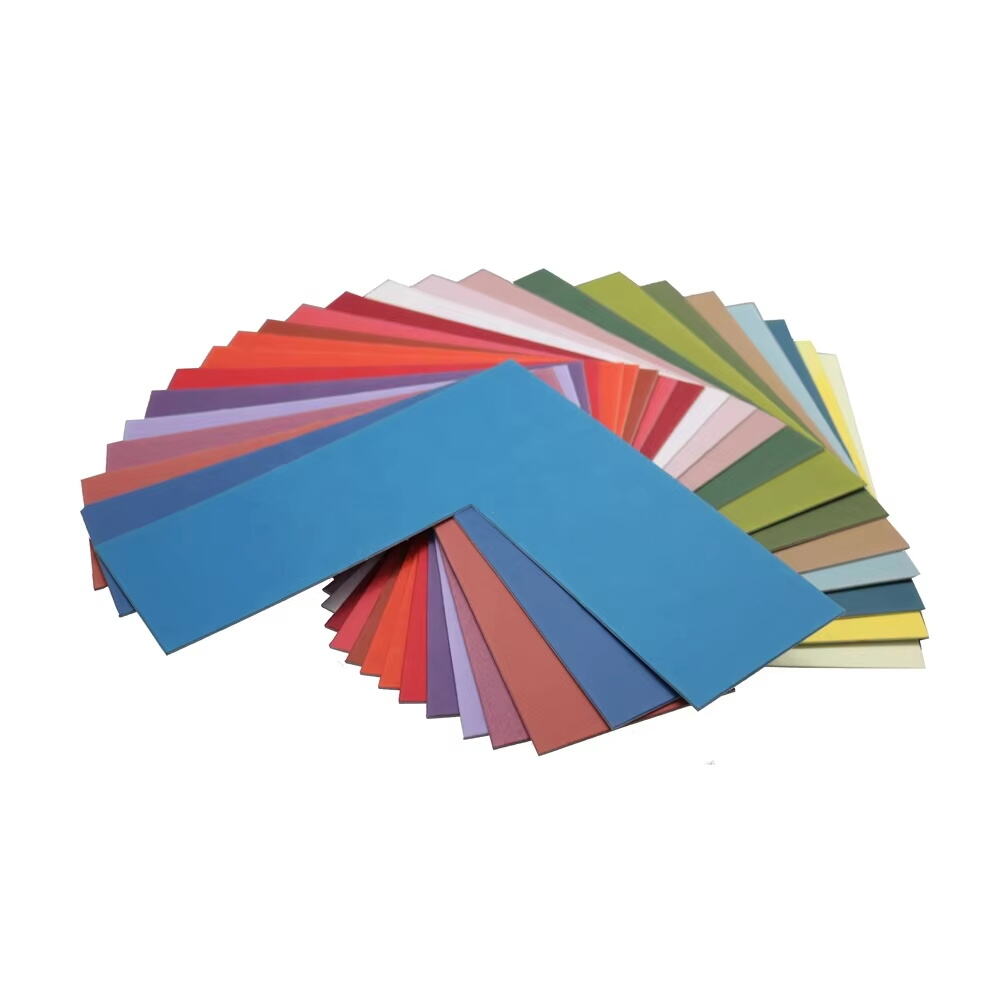Ინტროდუქცია: მატ ბორდების როლი სურათების ფრეიმингში
Მატ ბორდი მატ ბორდი არის ვაჭრობის გარკვეული ნაწილი. ისინი გაძლევают პროტექციას, დეკორაციას და დაცვის ელემენტებს ხელოვნურ ნაწყნებსა და სურათებს. ეს საკმარისი მოწყობილობები დაცვის მიზნით შექმნიან ბARRIER-ს სურათს და სასურათო საღამოს შორის. როდესაც სასურათო ან აკრილიკი შეიძლება გადაიხატოს და გაი|array|, ამასთანავე, ამის გაკეთებადომდე, ის უნდა ჩაირთვიას, მინიმუმ დროს, სურათის ზედაპირიდან, რომელიც ალბათ არის ხანგრძლივი, ღიარებული ნაწყნის ნამუშევარი. ამ მიზნით მატ ბორდები არის სავაჭრო ინსტრუმენტები თქვენს ფრეიმებული ნაწყნების საწყისი ხარისხისა და მდგომარეობის შენარჩუნებისთვის.
Ჩვენ გამოვიყენებთ მეორე ამოხსნა პრობლემაზე, რომელიც წარმოადგენს მატ დაფებს, რომლებიც არ მხოლოდ აუმჯობებენ შეფარდებული პროდუქტების მართლივ მაჩვენებელ მიმართულებას, არამედ მათ ცვალიან გარემოს ზღვისგან. მათი გამოყენებით ფოტოებისა და ხელოვნური ბეჭდების გარშემო დეკორატიული რბოლი აღწერს თქვენი ყურადღება ცენტრალურ ნაწილად და აძლევს რბოლას საერთოდ პროფესიონალურ გამოყენებას და შემთხვევას, მიმართული უწყვეტო რბოლის სივრცეზე. მიუხედავად იმისა, გარდა თუ ძალიან პერსონალური ხელმისაწვდომობა გსურთ პროფესიონალურ გარემოში თუ მარტო გსურთ გზა თქვენი საყვარელი მემორაბლების ჩვენებისთვის, მატ დაფები მოთამაშებიან თქვენი სურათების ფრეიმინგში, რათა მათ მიეცეთ ერთ-ერთი ფერი სოფისტიკაცია, მათ დაცვის გარეშე.
Стандартные Матовые Доски для Ежедневных Проектов Частного Оформления
Материалურный Состав и Прочность
Большинство стандартных матовых картонов изготавливаются из древесной массы или бумажных продуктов и достаточно прочны для нужд обрамления. Эти продукты, как правило, достаточно прочные, чтобы выдержать большинство окружающих воздействий, но не смогут предложить тот уровень защиты, который обеспечивают специальные доски, изготовленные из бескислотных материалов (хлопковых и целлюлозных продуктов). Обычная бумага и картон со временем пожелтеют и это может повредить ваше искусство. Вместо этого рекомендуется выбирать доски, сделанные из материала с нейтральным PH или натуральных материалов, которые гарантируют долговечность и сохранность доски.
Ჩვეულებრივი გამოყენება და ფერის ვარიანტები
Კლასიკური მატები წარმოადგენს მარტივ არჩევანს რამდენიმე ფრეიმინგის პროექტისთვის, მათ შორის ფოტოები, ბეჭდები და მეხსიერებები. მათ აქვს რამდენიმე გამოყენების ვარიანტი სახლისა და კომერციული მიზნებისთვის მათი ვერსატილური დიზაინის გამო. რადგან ეს მატები შეიძლება განსაზღვრავენ მოსახერხებლის ნახაზს ან ნებისმიერი აივანის ინტერიერის დიზაინს, არსებობს განსაკუთრებული არჩევა ფერებისა და მათების შესახებ. მოცემული ფერიდან მისამართებელი მონაცემების გამოყენებით, მათ აქვს რამდენიმე ვარიანტი ფრეიმინგის საყიდლებისთვის, რათა მათი ნახაზი იყოს სასიამოვნოდ და მარტივად შეესაბამებული სამუშაო საფარის თემას.
Აციდური არ არის ქოტონისა და ალფა ცელულოზის მატერიალები
Ქოტონის ქვეყნის წიგნები vs. ალფა ცელულოზა
Როდესაც არტისტული კონსერვაციისთვის აირჩიებთ მატებს, მნიშვნელოვანია განსხვავება გასაგებად ქომაღებაში და ალფა ცელულოზის მატებს. ქომაღების მატები დამზადებულია 100%-დან ქომაღებისგან, რათა მიიღოს ყველაზე გამარჯვებული ხარისხი და განადეგობა. ისინი, როგორც წესი, გარკვეული დროის განმავლობაში გრძელდებიან უფრო დიდი ხნის განმავლობაში, ვიდრე ალფა ცელულოზის მატები, რომლებიც წარმოადგენენ ხის პულპისგან შემუშავებულ პროდუქტებს. მიუხედავად იმისა, რომ ორივე ტიპი არის აციდ-თურმეტი, რაც აუცილებელია თქვენი არტისტული ნაწილების დაცვისთვის, ქომაღების მატები უფრო მცირეა შანსით დახურვად გახარისხდეს ან განვითარონ სრული ხანგრძლივობის გამო სხვაობები, ამიტომ ისინი სწორედ მაღალი ღირებულების ნაწილებისთვის არის უკეთესი არჩევანი.
Არქივური დაცვის სარგებლობები
Აციდურობის გარეშე მატები ძლიერად მნიშვნელოვანია ხელოვნების შენახვისთვის დროის განმავლობაში - ისინი დაცული იქნებიან თქვენი ხელოვნება ყვითელდებისა და დეგრადაციისგან. მათი მნიშვნელობა კიდევ მეტად ზრდის, როდესაც საქმია მაღალი ღირებულების ნივთებზე, რომლებიც უნდა დარჩეს რამდენად მართლაც წარმატებული მდგომარეობაში, რათა გადაეცეს გენერაციების მართვაში. ისინი გთავაზობენ არქივული ხარისხის აციდურობის გარეშე დაცულობას თქვენი ხელოვნების პროდუქტებისთვის, არის შესაფასებელი ნებისმიერი ჰაერის ადამიანური გადაწყვეტილებისგან დაცული, მაგრამ მის შესაძლებლობა არის საჭიროდ დაფრინების გარეშე. ყველა ამ გრძელი დროის დაცულობის მონაცემთან, აციდურობის გარეშე მატები არის მუზეუმების, გალერეების და სერიოზული ინდივიდების არჩევანი მათ საღამო ხელოვნების დაცულობისთვის.
Ტექსტური მატის დაფერადებები: ვიზუალური ინტერესის გამარტივება
Ლინტენის გასრულება & სხვა ტექსტურები
Ტექსტური მატი დაფე, განსაკუთრებით რìმოთხში, ტექსტური მატი დაფები, განსაკუთრებით ლინიური ტექსტური, ძალიან მრავალსაგანად წარმოადგენს ჩარჩოში განთავსებული არტისტულ ნაწყვეტის. ეს ტექსტური ეფექტები შექმნიან ღარიბობას და განზომილებას, რაც გაუმჯობეს კანვასის არტისტულ ნაწყვეტს ჩარჩოში განთავსებული სტილით. მისი ნატურალური ლინიური ტექსტური და ტაქტილური გამოსახულება,... თქვენ სতავის წმული ნაწყვეტებით შექმნიათ საინტერესო კონტრასტები. ეს კონტრასტი ძალიან მრავალსაგანად მიიღებს არტისტულ ნაწყვეტს მყარე და სარგებლობას. გარდა ამისა, ტექსტური მატის გამოყენება არის დიზაინური გადაწყვეტილება, რომელიც აძლევს არტისტებს და დიზაინერებს შესაძლებლობას შექმნათ სოფისტიკაციის და თავისი საინტერესო პრეზენტაცია.
Დიზაინის აპლიკაციები
Ტექსტური მატები გამოყენების ზედიზედ გავლენას მიიღეს გალერეებში, სადაც ხელოვნების ჩვენების ოთხობა ხშირად იწყება იმით, რა ადამიანები ინახავენ. ამ მდგომარეობაში, ტექსტური მატების დამატებით ჩვენების პროცესი შეიძლება საკმარისად გაუმჯობეს და გადაიტანოს მოთამაშე ხელოვნებაზე უფრო გაძლევით მასშტაბში. ტექსტური მატები შეგიძლიათ გამოიყენოთ ფრეიმების, შემცირებული დიზაინების და ფოტოების გარშემო კრეატიული დიზაინების განახლებისთვის. ის გამოიყენება კომერციულ ჩვენებებში და პირად კოლექციებში, სადაც ტექსტური მატების გამოყენებით შეიძლება განახლოთ და განსაზღვროთ ხელოვნების ძირითადი ელემენტები, მოთამაშის ყურადღებას განათავსოთ პირდაპირ ნახვაზე და შექმნას მარტივად უნიკალური გამოცდილება.
Კონსერვაციის დონეზე ბუფერიზებული მატბორდები
Აციდური პროცესის ნეიტრალიზაცია
Ბაფერის მატბორდები შექმნილია კონსერვაციის დონეზე მატბორდისგან და ისინი ბაფერის მეთოდით არიან დაყენებული კალციუმ კარბონატით, რომელიც განხორციელებს უნიკალურ აციდ-ნეიტრალიზაციის პროცესს, რათა გაძლევდეს გაუმჯობესებულ დაცვა თქვენს ყველაზე ღიან სურათებს. ეს მუშაობა იმის წოდება, რომ ნეიტრალიზებს აციდებს, რომლებიც შეიძლება იყოს მიმდეგომაში სტრეჩინგისა და მონტაჟის მასალებში, რაც სამთავრობით გამორჩენილია უარყოფითი გარემოვანი გავლენებისგან, რომლებიც შეიძლება იწვევნენ არტისტიკული ნაწილების დეგრადაციას დროის განმავლობაში. ეს კონსერვაციის დაფარებები განასაზღვრებენ მასალების pH-ს და დახმარებულია აციდების გამოწვევის წინააღმდეგ დაცვის მიღებაში, რაც გამოწვევს ყვითელებას და ხანდახანობას ნაწილებში. ეს მახასიათებელი ნიშნავს, რომ ისინი შეიძლება მოთამაშობინაკი მოიგო დაცვის მიღებაში ღიან ნაწილებისთვის.
Იდეალური გამოყენების შემთხვევები
Ეს ტიპი მატერიალები რекომენდებულია ნებისმიერ ტიპის არქივულ მუშაობაზე, სადაც არტისტული ნაწარმის ხარისხის შენახვა საჭიროა. ისინი იდეალურია ძველი, განხილული ქაღალდეების, ანტიკური ბეჭდვების, ილუსტრაციების და სხვა მნიშვნელოვანი მემორაბილიას არქივირებისთვის, რომლებიც საჭიროა შენახვისა და ფრენილის თანამედროვნობით. დაცვის საშუალებების მნიშვნელობა მუზეუმის ან გალერეის გარემოში მთავარია, სადაც ვარჯიშისა და არტისტული ნაწარმის ფრენილის დაზღვევა მაქსიმალურია. ამ მატერიალების გამოყენებით უზრუნველყოფილია, რომ ექ스트რა დაცვა განხორციელდეს, რათა დაცვა განახლებული იყო სამუშაო სიცვლის განმავლობაში.
Ხელიკრული
Რატომ არის მატერიალები სავაჭრო ფარგლებში ძირითადი?
Მატერიალები ძირითადია, რადგან ისინი განსაზღვრული ესტეტიკური გამართვა და ფიზიკური დაცვა ხელოვნებისთვის გაძლევენ, არასარგებლო დაზღვევისგან და სხვა გარემოვან ფაქტორებისგან დაზღვევის გარეშე.
Რა მასალები გამოიყენება სტანდარტული მატერიალების შემუშავებისთვის?
Სტანდარტული მატბორდები ჩვეულებრივ წყალოს პულპის ან ქაღალდის მითითებული მასალებისგან შედგება, მაგრამ უკეთესი შენახვისთვის, PH-ნეიტრალური სუბსტანციები, ქოტონი და ცელულოზა ფერდად გამოყენებულია.
Როგორ გაუმჯობეს ტექსტური მატბორდები გაფrameებული არტეფაქტები?
Ტექსტური მატბორდები დამატებული ღრმების და ვიზუალური ინტერესის აძლევენ, შექმნათ კონტრასტი არტეფაქტთან, რაც გამრავლებს ნახვის გამოცდილებას და ამოწმებს მოთხოვნელი ყურადღებას.
Არის თუ არა შენახვის საფარდობის ბუფერიზებული მატბორდები გარკვეული ტიპის ყველა არტეფაქტისთვის შესაბამისი?
Შენახვის საფარდობის ბუფერიზებული მატბორდები განსაკუთრებით შესაბამისია ხანგრძლივი და ღირებული არტეფაქტებისთვის, რომლებსაც საჭიროა დაცული გარემოდან და აციდური შავისგან დაცული დაცვა.

